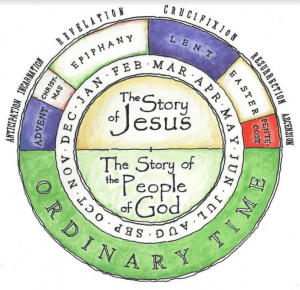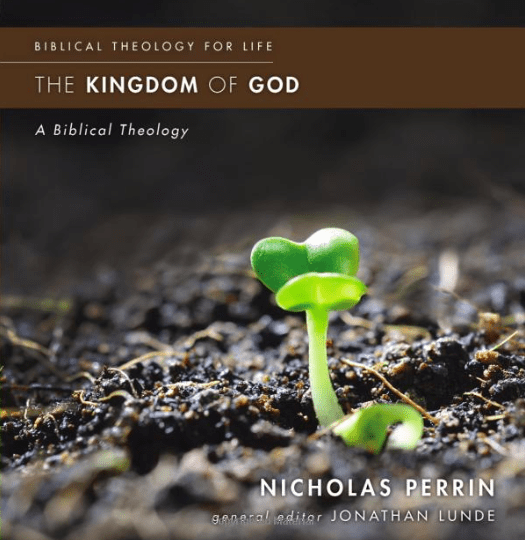 The collects of the church reveal the church’s practices and beliefs about prayer; a collect is a set prayer for a set time in the church calendar.
The collects of the church reveal the church’s practices and beliefs about prayer; a collect is a set prayer for a set time in the church calendar.
In them we see the church’s theology of prayer come to expression. I posted about the collects here and included a reference to a fine book “collecting” the collects: C. Frederick Barbee and Paul F.M. Zahl,The Collects of Thomas Cranmer.
There are five basic elements of a collect, and each of these expresses the Christian theology of prayer:
1. Address to God
2. Naming a context in which God has been active and therefore why God can be addressed now.
3. The petition.
4. Hoped for outcome.
5. Shaping the prayer in a Trinitarian context.
As Kevin Maney observed in the comments to the post (linked above), writing your own prayers using this outline can be a wonderful experience for each of us. So once we learn this basic set of observations, and they are fully studied in Samuel Wells and Abigail Kocher, Shaping the Prayers of the People: The Art of Intercession, what can we do to “fine tune” them? This is the question they ask in their fifth chapter.
Repetition: collects can be galvanizing and reassuring, as well as dull and careless and deadening. In our church (Redeemer), the Prayers of the People open space for any of us to express our prayers — guided by some pre-ordered themes. We need to balance repeated prayers with spontaneous prayers. We need to watch out for meaningless repetitions — like “bless” and “be with” etc..
Beauty: we should not set out to be beautiful in prayer. “They are a direct address to God, meant for one time and one place, and God is unlikely to be too concerned about the flavor of grammar or style” (66). Yet there is a beauty in prayer when the pray-er strikes words that speaks our words to God. The collects also guide us to a theology of prayer.
Balance and symmetry: where the address to God and the theology are balanced with the petition itself. Scripture and world have to be balanced, not forgetting the former, not forgetting the latter either.
Responses: “Lord, hear our prayer.” This is an element I have come to appreciate deeply: it draws us as the people of God into the words of the prayer, not waiting until the end but keeping us all involved in the prayers. And low church prayers far too often ignore the glories of the Trinitarian formula that keeps us in tune with the Trinity.
Silence: there are times when silence is appropriate. “Speech is silence interrupted by sound” (73).
Extemporaneous: this is the ideal, the real prayer of the real people in the real moment saying what they really want to say. In my book on Praying with the Church, I contend learning to pray with the church guides us in our private prayers and our private prayers guide us to pray with the whole church in set prayers. We need both.
If you haven’t prepared what to say, you generally end up saying the kinds of things you usually say; if you usually don’t prepare what you say, you will usually say the same things every time; if you say the same things every time, they’ll doubtless be a collection of half-remembered bon mots and underdeveloped promising configurations and somewhat poorly expressed genuine insights (77).
That’s enough.










